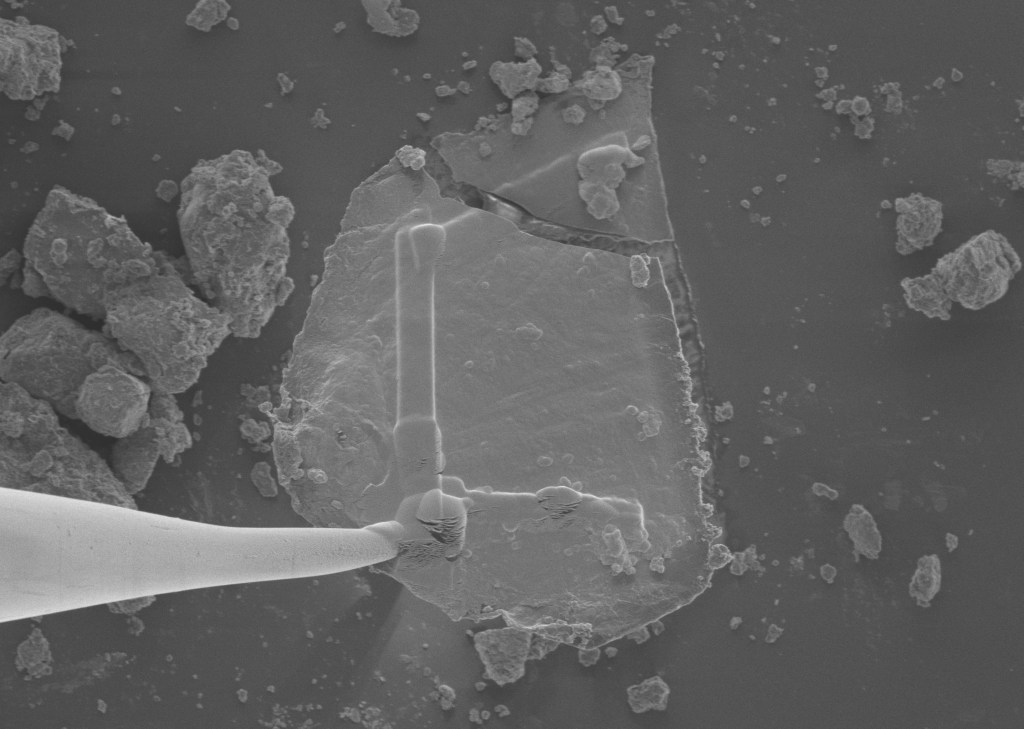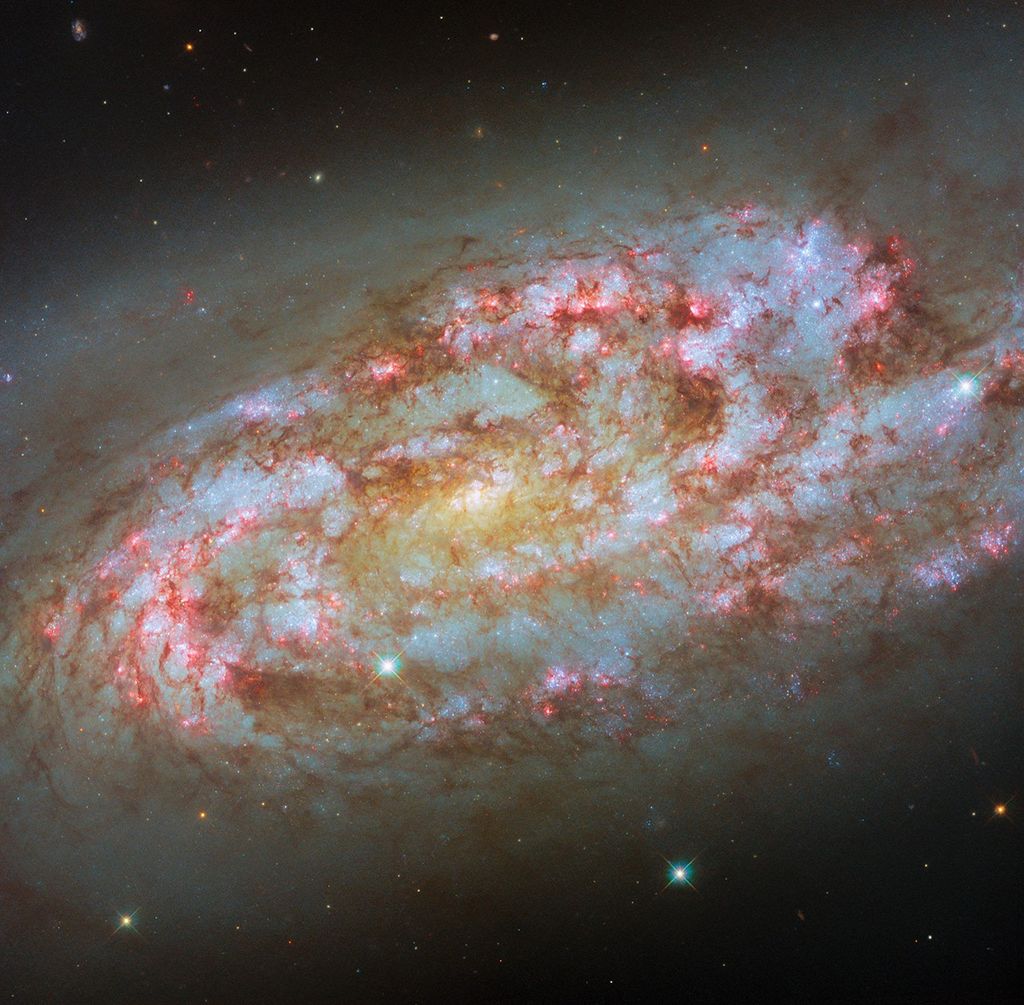John Lewis
Deep Space Industries
NIAC 2015 Phase I Lewis In-Space Manufacture of Storable Propellants Final Report
Description
Many deep-space, missions, especially those that return material or crews to near-Earth space, are severely limited by the need to carry propellants and heat shields to achieve their mission goals. Lifting these assets from the surface of Earth, landing them on the target body, launching them from there into an Earth-intercept trajectory, and capturing them into Earth orbit requires Earth launch of masses of propellant that increase exponentially with the mission’s total delta V requirement. Preliminary studies of the logistics of gathering material from the Moon and selected Near-Earth Asteroids (NEAs) have demonstrated very large enhancements of mass-retrieval capabilities using propellants derived from sources in space rather than propellants launched from Earth and carried throughout the mission. They also have clearly shown the enormous advantages inherent in deriving propellants from NEAs. This study examines water-based propulsion using NEA volatiles to manufacture storable chemical propellants. The problem of storable propellants on Earth has been solved by the use of hydrazine derivatives as fuel and N2O4 as oxidizer, both made possible by Earth’s nitrogen-rich atmosphere. Nitrogen is scarce on asteroids, and would be best devoted to creating fire-retardant atmospheres for crews. There are plausible paths known for making asteroid-derived carbon-based storable fuels, but the provenance of a suitable storable oxidizing agent that does not employ nitrogen is an unsolved and difficult problem.
































